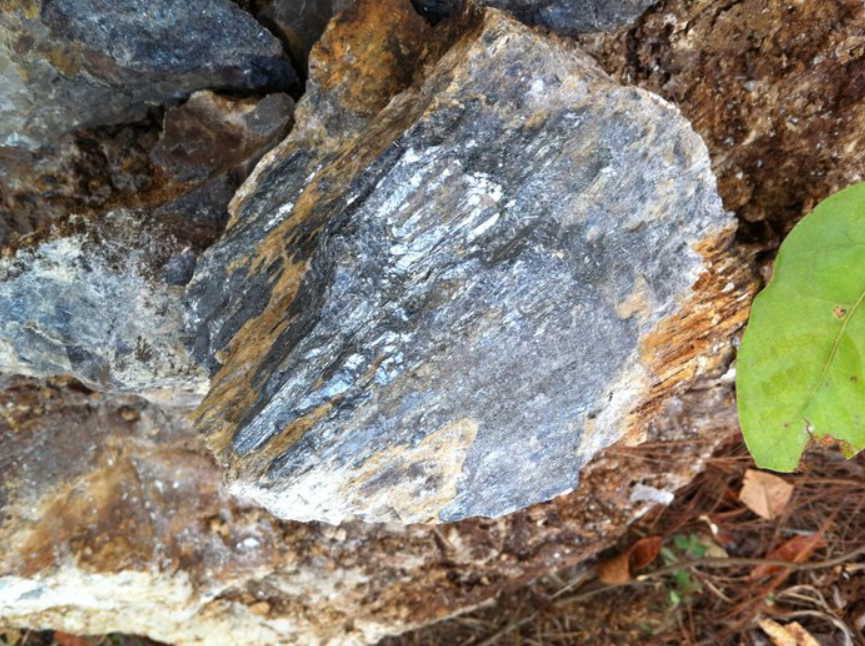Introduction to antimony ore smelting process

The antimony smelting process mainly includes two categories: pyrometallurgy and hydrometallurgy, among which pyrometallurgy (volatilization smelting reduction smelting) dominates and is suitable for different types of antimony ore.
The core process and technical points are as follows:
⭐
1、 Mainstream process: pyrometallurgy (accounting for over 95%)
.
Volatile roasting/melting
.
Objective: To convert antimony sulfide (Sb ₂ S ∝) into volatile antimony trioxide (Sb ₂ O ∝) and achieve the separation of antimony and impurities.
Core equipment: Blast furnace (mainstream), rotary kiln or boiling furnace (for special minerals).
Process characteristics:
The blast furnace adopts the operation of "low material column, thin material layer, high processing capacity", and the consumption of coke reaches 20% to 25% of the furnace material;
Sulfide ore reaction: 2Sb ₂ S ∝+9O ₂ → 2Sb ₂ O ∝+6SO ₂, antimony evaporates and is collected in the form of gaseous Sb ₂ O ∝;
Strong adaptability, capable of handling sulfide ores, oxidized ores, and mixed ores.
.
Reduction smelting and refining
.
Process:
Antimony oxide powder (Sb ₂ O ∝) is mixed with a reducing agent (coke/coal) and reduced to crude antimony in a reverberatory furnace:
Sb₂O₃ + 3C → 2Sb + 3CO9;
During refining, add pure alkali (Na ₂ CO ∝) and blow in air to oxidize impurities (such as arsenic and iron) to improve the purity of antimony.
Product: The purity of refined antimony can reach over 99.65%.
?
2、 Wet metallurgy (emerging technology)
Alkaline leaching electrolysis method
Antimony sulfide concentrate is leached with sulfide alkali (such as Na ₂ S) to produce sodium thioantimonate, which is then electrolyzed to obtain metallic antimony.
Oxygen enriched bottom blowing reduction melting
Technical advantages: short process, low energy consumption, outstanding environmental performance (such as the self-developed process of Yuguang Gold Lead);
Suitable for the comprehensive recovery of antimony resources associated with lead copper mines.
⚙️
3、 Special ore processing technology
Brittle sulfur lead antimony ore (Pb ₄ FeSb ₆ S ₁₄):
Boiling roasting desulfurization → sintering → blast furnace reduction melting → blowing and separation of lead and antimony.
Gold containing antimony ore:
Crude antimony is used as a gold capturing agent to enrich and extract gold.
Antimony oxide ore:
Direct reduction smelting or alkali leaching treatment, but with lower recovery rate.
♻️
4、 Environmental Protection and Resource Utilization
Smoke treatment:
The flue gas from the blast furnace has a low concentration of SO ₂ (usually<1%) and needs to be absorbed by lime to meet emission standards.
Waste residue utilization:
Slag can be used to extract valuable metals or as building materials, while antimony sulfide (antimony sulfide) needs to be returned to the smelting process.
Dust control:
High temperature flue gas (300-800 ℃) is treated with an electric bag composite dust collector, and the emission concentration can be reduced to below 10mg/m ³.
?
5、 Technological development trends
Short process technology: Developing direct reduction melting technology to reduce energy consumption in volatilization reduction stages;
Comprehensive utilization of resources: Strengthen the recovery efficiency of associated elements such as gold, silver, and lead;
Green smelting: Promote wet/oxygen enriched smelting technology to reduce carbon emissions and pollution.
Note: The pyrometallurgical process is still the mainstream of antimony smelting due to its high maturity and wide adaptability;
Wet processes and innovative technologies have become the future upgrade direction due to their environmental advantages.
 English
English  Español
Español  Português
Português  русский
русский  français
français  日本語
日本語  Deutsch
Deutsch  Tiếng Việt
Tiếng Việt  Italiano
Italiano  Nederlands
Nederlands  ไทย
ไทย  Polski
Polski  한국어
한국어  Svenska
Svenska  Malay
Malay  বাংলা
বাংলা  हिन्दी
हिन्दी  Pilipino
Pilipino  Türk
Türk  عربى
عربى  Indonesia
Indonesia  norsk
norsk  čeština
čeština  Українська
Українська  Javanese
Javanese  فارسی
فارسی  తెలుగు
తెలుగు  Burmese
Burmese  български
български  Latine
Latine  Azərbaycan
Azərbaycan  Српски
Српски  Esperanto
Esperanto  Afrikaans
Afrikaans  Català
Català  Cymraeg
Cymraeg  Беларус
Беларус  Hrvatski
Hrvatski  Kreyòl ayisyen
Kreyòl ayisyen  Shqiptar
Shqiptar  Bosanski
Bosanski  Кыргыз тили
Кыргыз тили  ಕನ್ನಡ
ಕನ್ನಡ  IsiXhosa
IsiXhosa  Chichewa
Chichewa  Somali
Somali  O'zbek
O'zbek  հայերեն
հայերեն  Sundanese
Sundanese  Malagasy
Malagasy 






